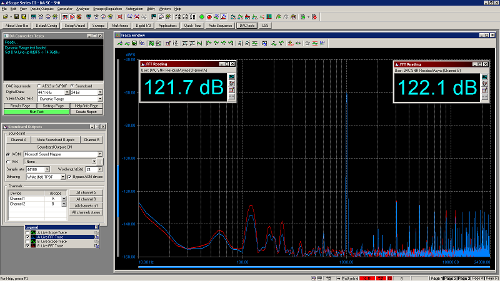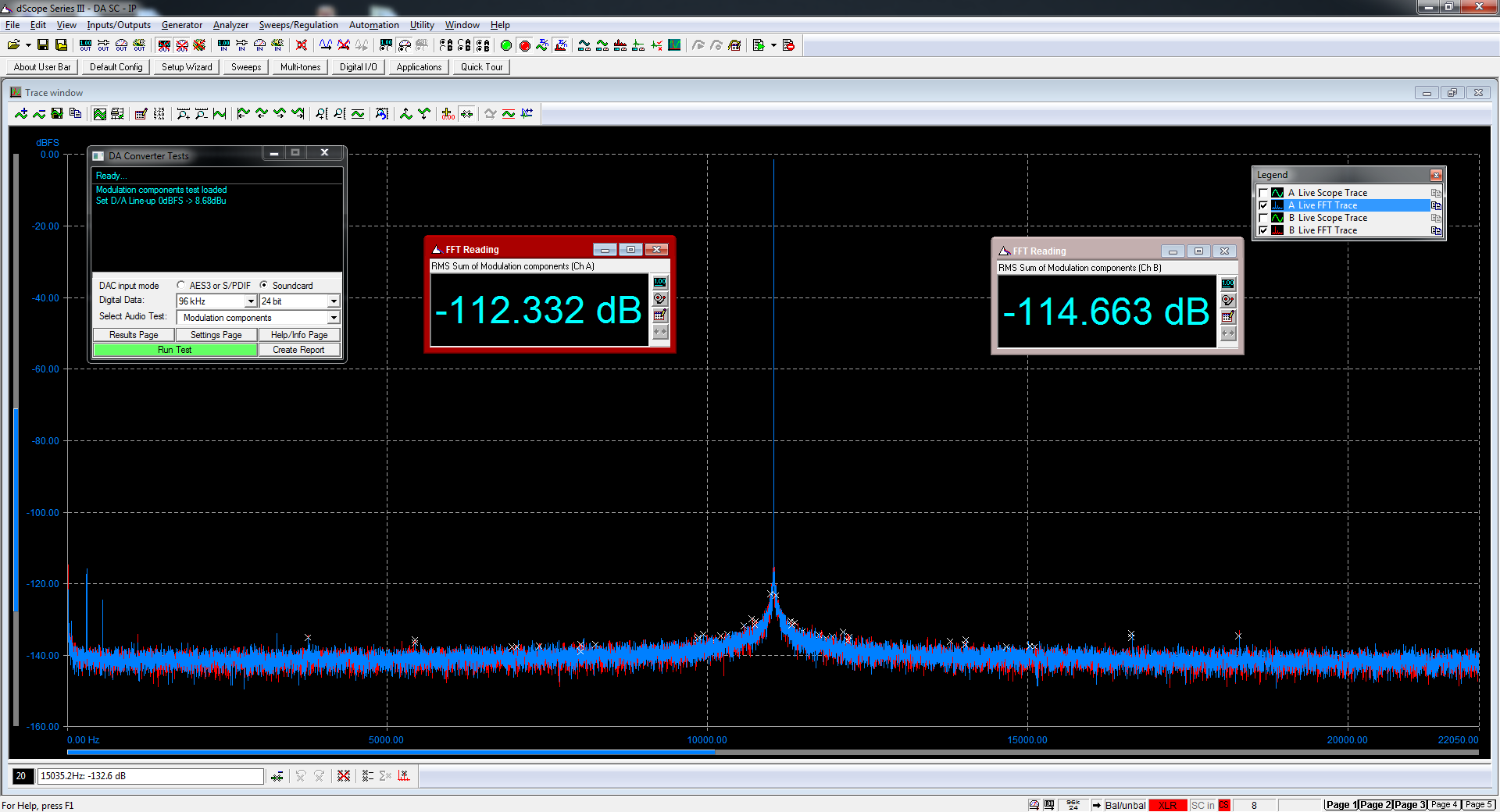Argo Duck
Formerly known as "AiDee"
- Joined
- Nov 6, 2007
- Posts
- 2,245
- Likes
- 433
+1
On the 'fool oneself' thing, reminds me of one of Ashleigh Brilliant's truisms: I've given up my search for truth and am now looking for a good fantasy to believe in. Audio does it for me. The more I can fool myself I'm "really there" the better
On the 'fool oneself' thing, reminds me of one of Ashleigh Brilliant's truisms: I've given up my search for truth and am now looking for a good fantasy to believe in. Audio does it for me. The more I can fool myself I'm "really there" the better



































